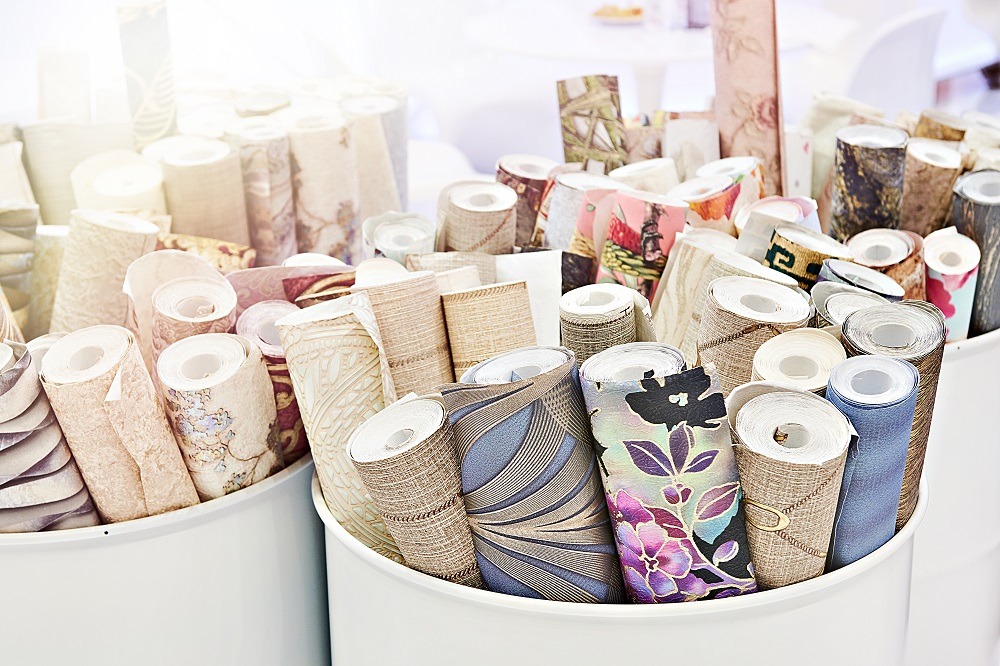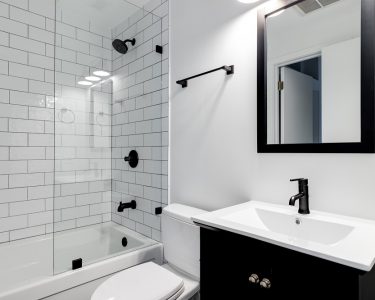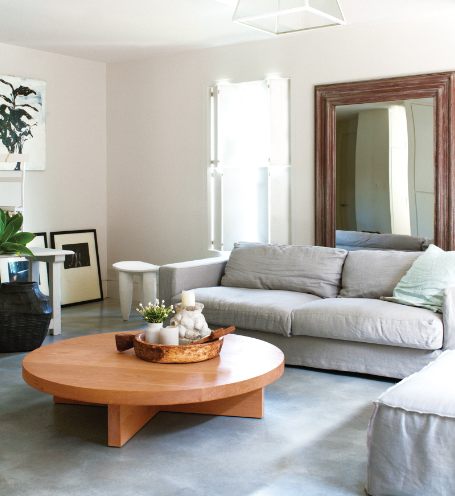It’s no secret that wallpaper makes a versatile and stylish option for home décor. Of course, there are many different types of wallpaper that has experienced a historical evolution from traditional patterns to modern, innovative designs. Highlighting these various types of wallpaper is crucial to making informed decorating decisions that include aesthetic, practical, and functional considerations. This article aims to explore these different types of wallpaper, as well as their characteristics, benefits, and suitable applications, so you are better equipped to make these informed decorating decisions.
Traditional Wallpaper Types
Paper Wallpaper
One of the most traditional types of wallpaper, since it’s probably the most common, is paper wallpaper. Paper wallpaper is, obviously, made from paper and often includes printed designs. This kind of wallpaper has several advantages, such as cost-efficiency, being widely available, and easy to install for DIY projects. There are a few downsides, too, however. Paper wallpaper is less durable than most other types, prone to ripping and tearing, and aren’t suitable for high-moisture areas like bathrooms. Ideally, you would use paper wallpaper for low-traffic areas such as a bedroom or home office.
Vinyl Wallpaper
Vinyl wallpaper makes another of the most common types of wallpaper. It consists of a printed paper base covered with a plastic vinyl layer. This layer gives vinyl wallpaper numerous advantages including high durability, resistance to moisture, and ease of cleaning. These advantages make vinyl wallpaper ideal for high traffic and/or humid areas of the house like the kitchen or bathroom. One disadvantage, however, is that vinyl wallpaper can be difficult to remove or replace.
Textured and Specialty Wallpapers
Embossed Wallpaper
In addition to traditional wallpaper types, there are many types of wallpaper that are textured and specialized. Embossed wallpaper makes a good example of these. Wallpaper like this features raised patterns that create a three dimensional effect. This effect allows embossed wallpaper to add depth and texture to the walls, as well as hide any imperfections that may be present. However, embossed wallpaper can be more difficult to clean due to these patterns. Ideally, you would use embossed wallpaper to add visual interest to a living room or dining room.
Flock Wallpaper
Another textured, specialized type of wallpaper is flock wallpaper, which has a velvety texture created by applying fiber particles to the wallpaper. This leads to a luxurious appearance which adds depth and texture to the space. That being said, flock wallpaper can also be harder to clean, and will show any imperfections more easily. You should use flock wallpaper for spaces like accent walls, bedrooms, or more formal living areas.
Foil Wallpaper
Foil wallpaper constitutes an additional type of specialized, textured wallpaper. This wallpaper is made with a thin sheet of metallic foil, which gives it a shiny, reflective finish. A finish like this creates a glamorous look and reflects light, which can make smaller rooms appear larger. However, foil wallpaper can be prone to creasing, especially during installation, and also highlights wall imperfections. Foil wallpaper is best used as a feature wall in spaces like dining rooms, living rooms, or entryways.
Grasscloth Wallpaper
The final entry on the list of textured, specialized types of wallpaper is grasscloth wallpaper. Grasscloth wallpaper is woven from natural fibers like jute, bamboo, or hemp. These materials make grasscloth wallpaper eco-friendly, as well as add a natural, organic feel to a space. Disadvantages of grasscloth wallpaper include it’s being prone to staining, difficult to clean, and a lack of color variety. This kind of wallpaper is best suited for dry areas like dining rooms or studies.
Modern and Innovative Wallpapers
Self-Adhesive (Peel and Stick) Wallpaper
There are also many types of wallpaper considered modern and innovative, with self-adhesive or peel and stick wallpaper making a great example. This kind of wallpaper features an adhesive backing that can be peeled off and stuck to the wall. Advantages of this self-adhesive wallpaper include the fact that it’s easy to install and remove, making it ideal for renters and frequent decorators. However, this wallpaper may not adhere well to textured surfaces. Ideally, you would use self-adhesive wallpaper for temporary installations or DIY projects in any room.
Pre-pasted Wallpaper
Another great example of a modern, innovative type of wallpaper is pre-pasted wallpaper. This type of wallpaper comes with adhesive already applied, so it just needs to be activated with water. This simplifies the installation process drastically, but makes pre-pasted wallpaper less durable than non-pasted options. The best uses for this kind of wallpaper makes it good for quick, easy applications in lower traffic areas of the house.
Liquid Wallpaper
Liquid wallpaper constitutes the final type of modern, innovative wallpaper to be discussed. It’s often applied similarly to the plaster, and typically made from natural materials. This kind of wallpaper makes an excellent insulator against sound and heat, which makes it very eco-friendly. However, liquid wallpaper requires professional installation by a reputable contractor. Ideal usage for this type of wallpaper creates a seamless, textured finish in a living room or bedroom.
Tips for Choosing the Right Wallpaper
Room Considerations
Now that you know about some of the best types of wallpaper, here are some tips for choosing the right wallpaper for your specific needs. First, you want to make considerations based on the room you’re putting the wallpaper in. Choose your wallpaper based on the room’s size, lighting, and function. Wallpaper installation tips include decorating moisture-rich rooms like kitchens and bathrooms with moisture resistant options like vinyl wallpaper. Another essential consideration when choosing wallpapers for your exterior-facing walls includes making key upgrades for storm season preparedness.
Preparation
Another important wallpaper installation tip involves making the proper preparations for the installation. Preparing walls to ensure smooth installations and lasting finishes is essential. These preparations tend to include cleaning, priming, and repairing walls before wallpaper applications. You also want to consider seamlessly integrating advanced home systems, like plumbing enhancements for your pool, to complement wallpaper choices in adjacent rooms. Additionally, order samples of wallpaper you like to check its color, scale, and texture before making a final decision. This way, you ensure the wallpaper is the right fit for that room’s specific needs. For intricate patterns, high walls, or specialty wallpapers, consider hiring a professional contractor.
Exploring the Different Types of Wallpaper
There’s such a huge variety of wallpaper out there that choosing the right types of wallpaper for your home is essential. You can choose from numerous types such as paper, vinyl, grasscloth, foil, and more. Of course, each type has its own advantages, such as paper’s ease of use, vinyl’s durability, grasscloth’s eco-friendliness, and foil’s ability to make a space look larger than it really is. You should explore all the different types and choose the best fit for your specific needs, while taking these practical tips into consideration.





